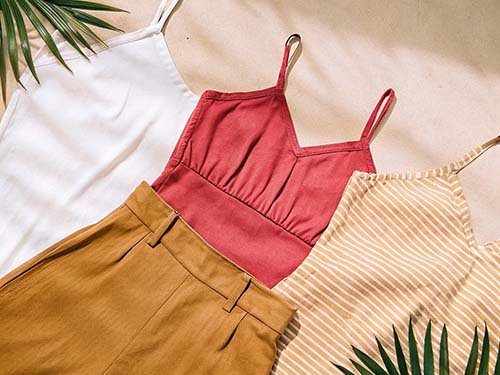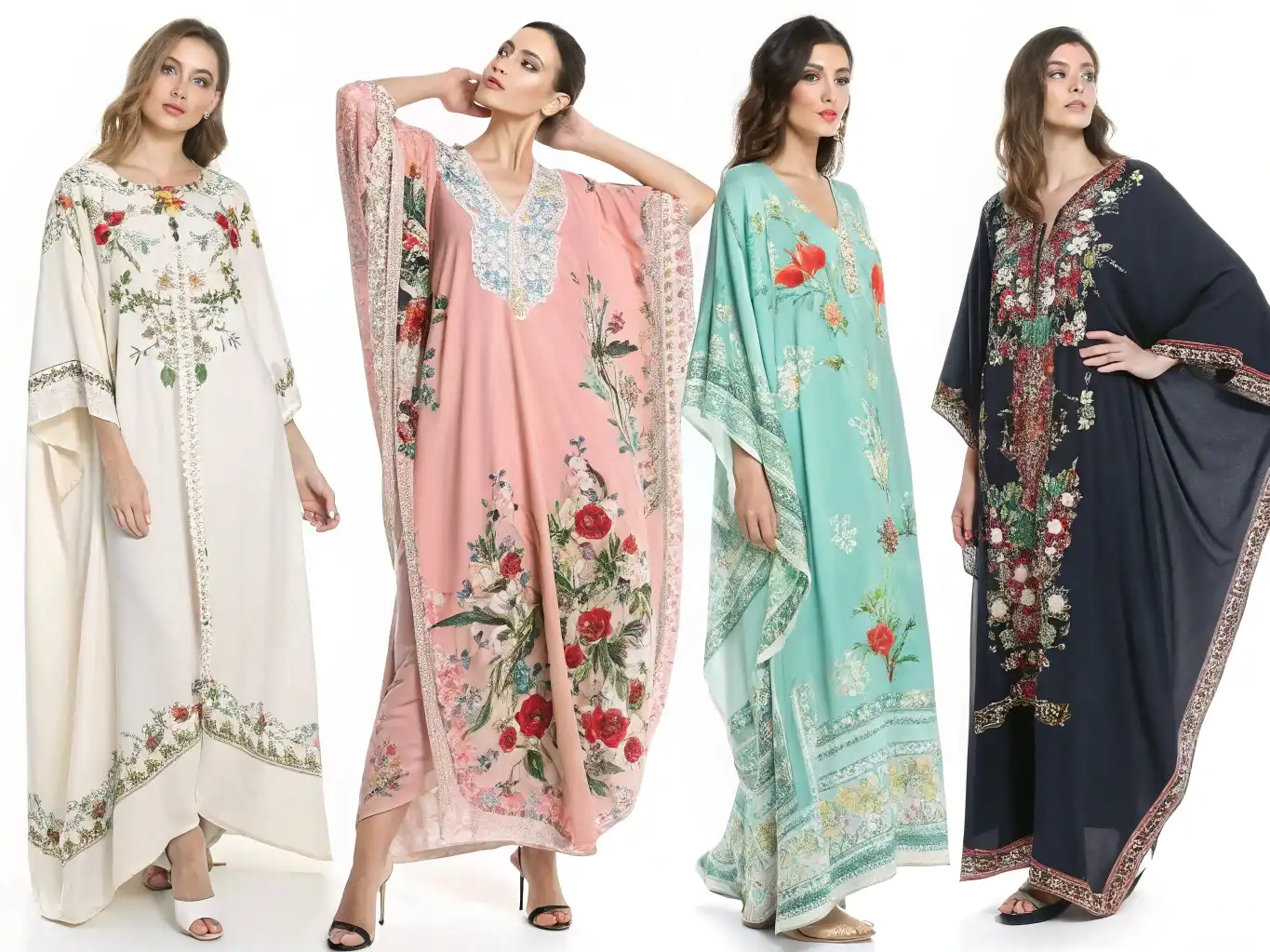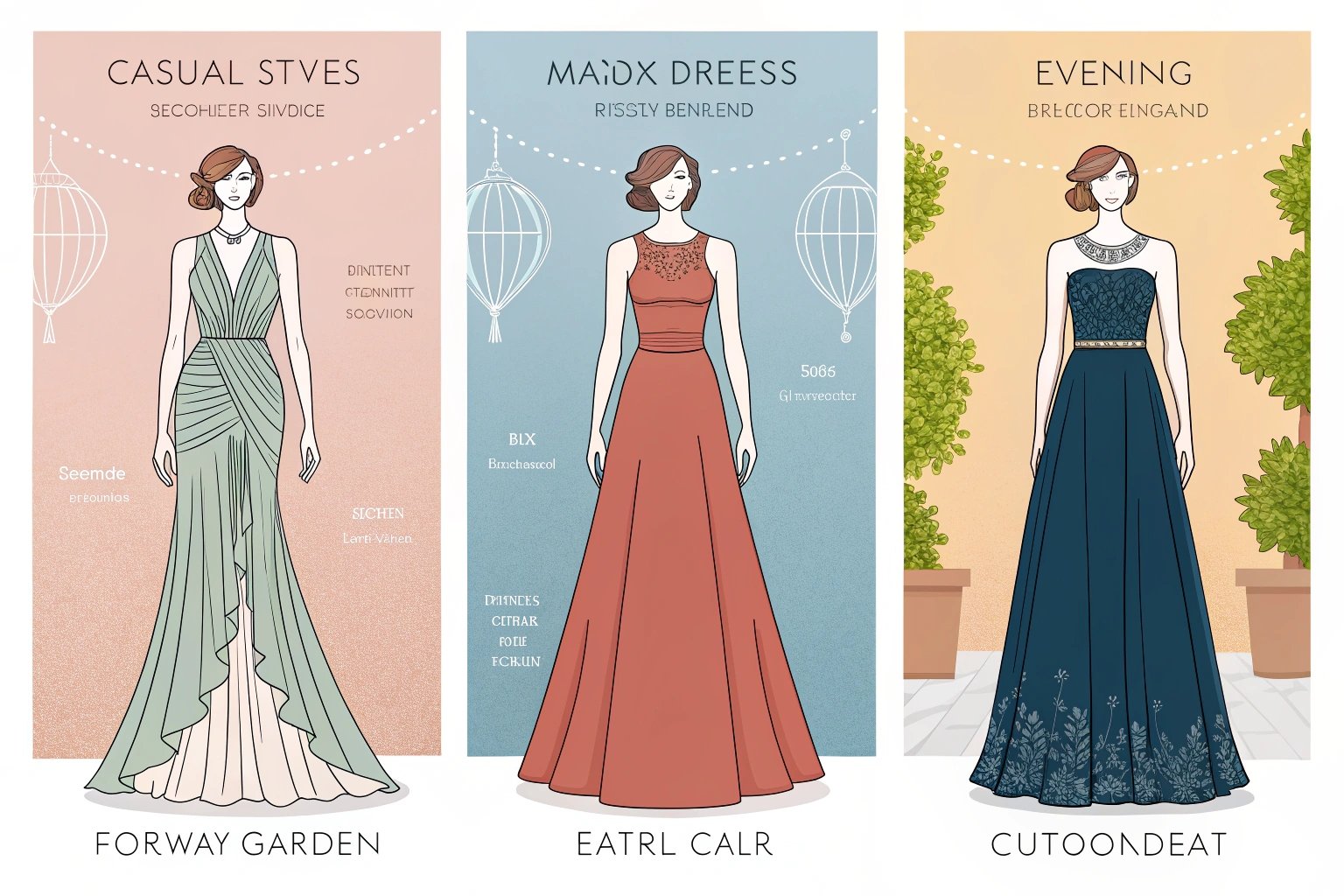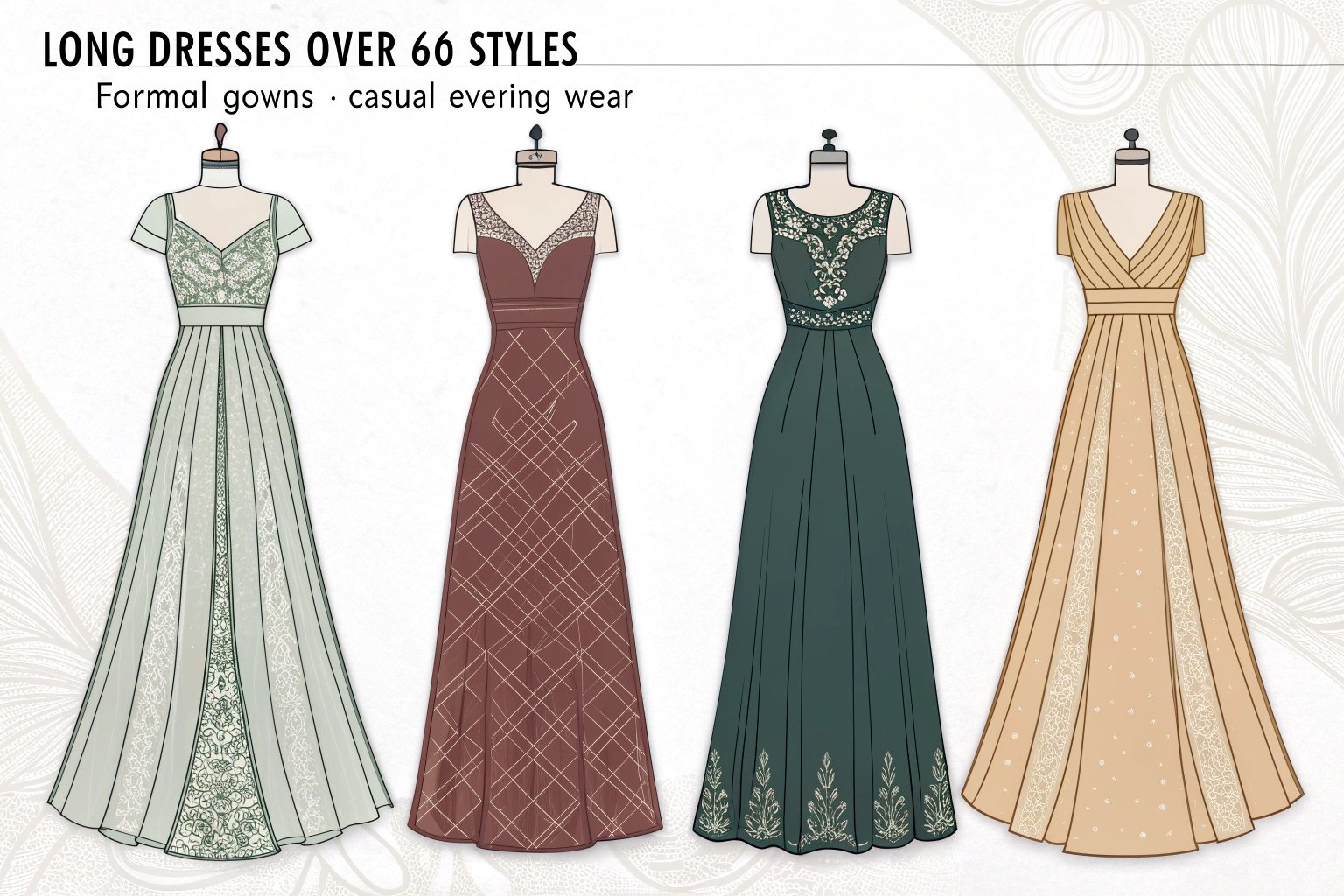We often receive inquiries from fashion buyers planning summer collections: “Is jersey fabric really suitable for hot weather?” As a manufacturer that works with this material year-round, our answer is yes—with a few conditions.
Jersey fabric can be great for summer if you choose the right fiber blend, weight, and silhouette. It’s soft, breathable, and drapes well, making it ideal for airy, laid-back summer styles.
Let’s break down what makes jersey summer-friendly and how to get the best results.

Does jersey material keep you cool?
Cooling in summer wear is all about airflow, moisture control, and fabric weight.
Jersey keeps you cool when made from breathable natural fibers like cotton, bamboo, or rayon. It doesn’t trap heat like some synthetics and allows moderate airflow due to its knit construction.
Key reasons it stays cool
- Jersey has a knit structure that allows minor ventilation
- Cotton and bamboo jerseys absorb sweat and allow evaporation
- Lightweight jerseys cling less to the body
Not all jersey is equal
- Polyester-heavy jerseys can retain heat
- Heavyweight or double-layered jerseys are less breathable
How we test cooling
At Xzapparel, we do fabric handfeel tests, moisture-wicking trials, and simulated wear in warm settings. For best summer performance, we prefer 160–180 GSM natural fiber blends.

What types of jersey are best for summer dresses?
The right jersey fabric can transform a basic design into a summer staple.
The best jerseys for summer dresses are cotton jersey, bamboo jersey, and rayon-spandex blends. Each offers breathability, softness, and gentle stretch.
Top-performing summer blends
| Fabric Type | Pros | Summer Use Case |
|---|---|---|
| Cotton Jersey | Natural, breathable, soft | Everyday dresses, tanks |
| Bamboo Jersey | Cool feel, sustainable | Loungewear, sleep dresses |
| Rayon-Spandex | Drapey, lightweight | Wrap dresses, beachwear |
Buyer tips
- Avoid polyester or nylon jersey in humid climates
- Stick to light to mid-weight fabrics (160–190 GSM)
- Request swatches before bulk orders to check handfeel
What summer styles work best in jersey fabric?
Jersey can be casual or elevated depending on cut and details.
We produce jersey dresses in tank, T-shirt, wrap, and halter styles for summer. These designs maximize airflow and minimize fabric contact, ideal for warm weather.
Summer-friendly jersey styles
- Tank midi dresses
- Sleeveless A-lines
- Tie-back halters
- Short-sleeve wrap dresses
- Racerback bodycons
Functional summer features
- Side slits for ventilation
- Adjustable straps
- Raw edge hems to reduce bulk

How does jersey compare to other summer fabrics?
Buyers often compare jersey with linen, cotton poplin, or chiffon.
Jersey offers more stretch and drape than woven fabrics, and generally feels softer against the skin. It lacks the crispness of poplin but has greater comfort in motion.
Fabric comparison table
| Feature | Jersey | Linen | Cotton Poplin |
| Stretch | Moderate to high | None | Minimal |
| Breathability | High (natural blends) | Excellent | Good |
| Wrinkle-prone | No | Yes | Moderate |
| Drape | Soft and flowing | Stiff, structured | Crisp |
When to use jersey over others
- Casualwear and active dresses
- Weekend and vacation collections
- Styles where body movement matters
How do we handle jersey production for summer lines?
Summer collections need faster lead times and consistent quality.
At Xzapparel, we stock summer-friendly jersey in various weights, test swatches early, and plan for pre-washing to prevent shrinkage during wear.
Our production strategy
- Keep pre-approved fabric rolls on hand from spring to late summer
- Offer digital design files for faster turnaround
- Batch-produce summer basics (tank, racer, midi styles) with one set of trims
Common finishing for summer
- Flatlock stitching for comfort
- Twin-needle hems for flexibility
- Reinforced straps and armholes

What are the sustainability benefits of summer jersey?
Eco-conscious buying is rising in summer capsule collections.
Natural fiber jerseys (like organic cotton or bamboo) are biodegradable, breathable, and less water-intensive in use. Some are also OEKO-TEX or GOTS certified.
Sustainable options we offer
- Organic cotton jersey dyed with low-impact dyes
- Bamboo rayon jerseys from FSC-certified sources
- Recycled jersey blends for promotional or Gen Z drops
Add-on services
- Eco tags and recycled packaging
- QR code labeling to show traceability
- Low-MOQ for test orders on sustainable lines
What mistakes should buyers avoid with summer jersey?
Even experienced buyers can get tripped up when using jersey for summer.
Common mistakes include overdesigning, using poor fabric blends, or skipping pre-wash and shrinkage tests.
Key pitfalls
- Choosing heavy jerseys (over 220 GSM)
- Ignoring fabric transparency in light colors
- Using dark colors that absorb too much heat
- Neglecting to check recovery on elastic trims
Our mitigation approach
- Sample run before bulk order
- Color and heat tests in simulated sunlight
- Clear spec sheet reviews with buyers
How does consumer feedback shape our jersey design?
Post-sale data helps improve future summer lines.
Customers report high satisfaction with jersey for comfort, but feedback often reveals opportunities for better breathability or silhouette adjustments.
Common feedback insights
- “Feels light and soft” (positive)
- “Could be more breathable under the arms” (adjust sleeve)
- “Shows sweat in light colors” (suggest bamboo blend next time)
What we do with it
- Adjust pattern grading to reduce cling
- Recommend new fabric finishes for moisture control
- Rework necklines or add back vents in reorders
Conclusion
Jersey fabric is a strong contender for summer collections—when chosen and constructed with the season in mind. At Xzapparel, we help our partners develop breathable, stylish jersey pieces that feel good in heat and sell well across markets. It’s all about choosing the right blend, weight, and shape for the perfect warm-weather fit.









